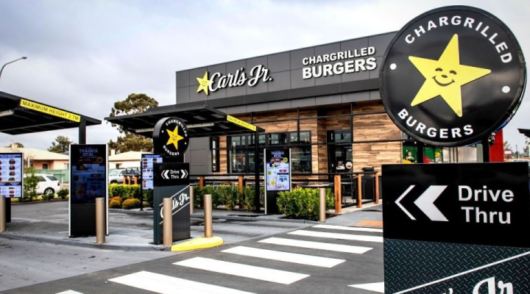When Woolworths spun off Endeavour Group in 2021, the move was widely seen as a textbook case of value creation with an objective to enable the liquor and hotel arm to pursue growth on its own terms. However, shared technology lingered beneath the surface, presenting a far more complex problem than originally imagined, as recently reported in The Australian Financial Review. More than three years after the demerger, Endeavour has confirmed it won’t fully sever its digital systems from Wo
rom Woolworths until 2030. While the decision may be deemed operational on the surface, experts say it speaks volumes about how deeply embedded technology is in today’s retail strategy, and what’s at stake when it’s not in a company’s control.
“The delayed tech split between Woolworths and Endeavour shows just how deeply retail operations are fused at the digital core,” Brian Walker, executive chair and founder of the Retail Doctor Group, told Inside Retail.
“Tech isn’t back office – it’s the engine of customer experience, supply chain precision and loyalty intelligence. Disentangling decades of shared systems isn’t just technical – it’s strategic surgery,” he added.
A three-year delay and strategic questions
According to the AFR report, the tech disentanglement was initially scheduled to be completed by 2027. However, Endeavour has now pushed the date to 2030, a delay possibly prompted by a review of its digital capability program.
“They are now attempting to fix problems that the board should have put a handbrake on 18 months ago,” one source told the AFR. “Endeavour will continue to pay the price over lack of strategic decision making.”
The price may not just be operational. It’s increasingly a strategic cost to agility, innovation and execution.
“Tech separations at this scale demand early scenario planning, surgical execution and leadership alignment across both brands,” said Walker.
“When structure and strategy aren’t aligned, tech becomes the friction – not the enabler,” he added.
What if the backend breaks down?
For most shoppers, a delayed backend overhaul sounds irrelevant. But Sean M Clancy, managing director at SEO Gold Coast, says the effects can be far more visible than most realise.
“When a large retail group delays a tech separation, the pressure builds in places the public rarely sees,” Clancy said. “The digital structure underneath everything – product feeds, stock systems, loyalty logic and location filters — starts to wobble once it no longer supports a single engine.”
Clancy noted that store staff can end up working across mismatched interfaces.
“Pricing, product categorisation and loyalty tracking can show different data depending on where it’s pulled from. That affects everything from promotions to customer service scripting,” he said.
It’s a reminder that technology isn’t just a support function but the connective tissue between channels, departments and brands.
The delay in the Woolworths-Endeavour tech split challenges an assumption in business transitions that systems can be shifted or even cloned.
“When you share deep systems – from POS to supply chain, loyalty to finance – separation isn’t plug-and-play,” said Walker. “It’s open-heart surgery on the operating table of a live retail business.”
That analogy, surgical, not technical, is common in retail circles.
Modern retailers are both operating e-commerce sites and tech-driven ecosystems where loyalty, supply chain, fulfilment and customer experience all flow through interconnected platforms.
The delay also raises a deeper strategic question of what happens when a business relies on a tech engine they don’t have complete autonomy over?
Without control over core systems, businesses could lose visibility and agility. Forecasting can become slower. Loyalty insights can become fragmented. And the ability to trial new features, platforms or automation tools risks becoming reliant on third parties.
“The true cost? It’s not just financial – though that’s real,” said Walker.
“It’s in lost agility, deferred innovation, slowed decision-making and potential friction in customer experience,” he added.
For Endeavour, this short-term fix may provide stability, but the long-term question remains. How can a retailer innovate, respond and scale when it doesn’t fully control the digital foundation?
A cautionary tale for retailers
The Woolworths-Endeavour tech saga is a reminder that technology decisions made today shape the strategic capabilities of tomorrow.
Brands that fail to anticipate the long-term implications of shared systems, legacy platforms or delayed investments may find themselves trapped in tech debt at precisely the moment they need to move fast.
“The delayed tech split between Woolworths and Endeavour begs the question – how did such a critical strategic milestone drift off course?” Walker said.
For retail leaders, the answer may lie in a renewed commitment to viewing technology as the foundation of modern business strategy.







